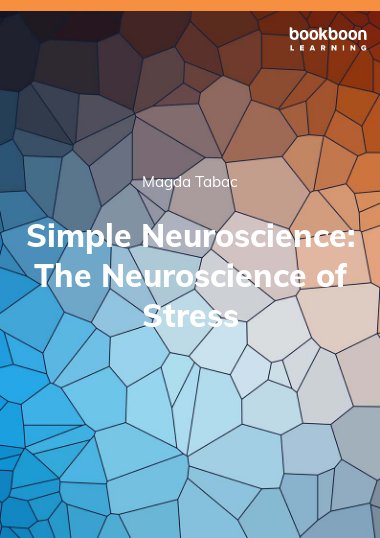In today’s world, stress has increasingly become a big part of our daily lives. And while we cannot always avoid it, there is something else we can do. We can start to understand why we react the way we do under stress, what is happening inside our body and our brain when we are stressed and, of course, what we can do about it. This book will offer you a very simple and yet comprehensive view of these neuroscience elements, and will propose a number of simple practices to help you manage your stress better. And, in the end, to help you not to only bounce back, but to actually bounce forward.
About the Author
Magda is a certified trainer in the Process Communication Model ® and a NeuroMindfulness© Master Practitioner. After 12 years in multinational organisations, she changed career and turned towards training, psychology and neuroscience. Now she trains people to better understand themselves and others, improve their communication and tackle stress more efficiently.

